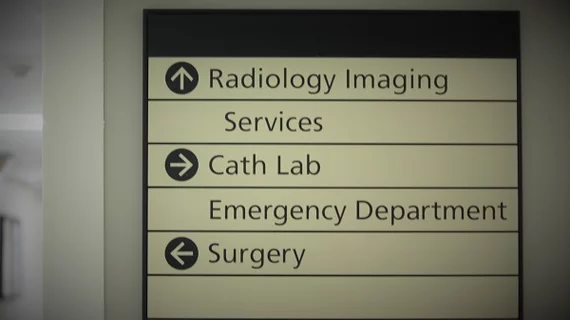SCAI unveils new cath lab guidelines at annual meeting
The Society for Cardiovascular Angiography and Interventions (SCAI) has released an updated consensus statement on contemporary cath lab standards, presenting the document April 28 at the SCAI 2021 Virtual Scientific Sessions.
The guidelines, which were also published in Catheterization & Cardiovascular Interventions, have been endorsed by the American College of Cardiology, American Heart Association, Heart Rhythm Society and Clinical Policy Approval Committee.
“First released in 2012, then updated in 2016 and now 2021, the document highlights a patient- centric approach to procedures in the cardiac catheterization laboratory, incorporating all the latest advances and standards,” Srihari S. Naidu, MD, chair of the document’s writing committee, said in a prepared statement. “Dividing the logistics into the pre-procedure, intra-procedure, and post-procedure periods, and including staffing, quality metrics, industry relations and governance, the document should hopefully further serve as a contemporary look at the optimal running of these busy areas. We have also included areas where operators overlap, such as interventional cardiologists and electrophysiologists, for a more collegial collaborative spirit towards these complex patients and provided guidance on procedures performed in various settings including outpatient labs.”
The 2021 update covers significant ground. Its authors highlighted the importance of delivering high-quality care, for example, while taking a fresh look at pre-procedure checklists, providing updated infection control guidelines and much more.
This document will serve as a guide for lab directors, hospitals, and health systems in establishing current best practices for catheterization labs,” Daniel Kolansky, MD, vice-chair of the writing committee, said in the same statement.
To read the full guidelines in Catheterization & Cardiovascular Interventions, click here.

